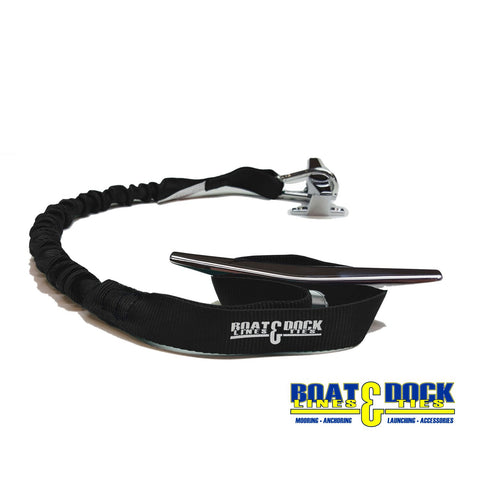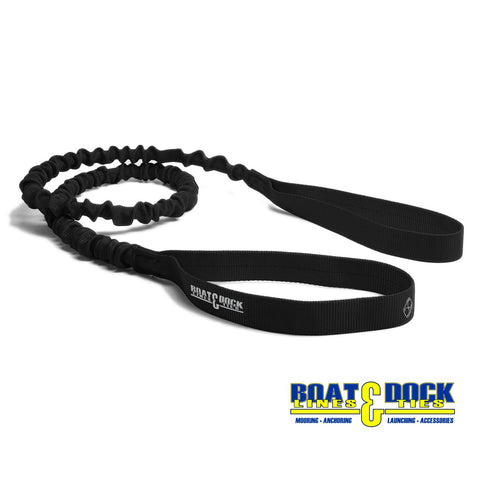Spring is close and the boating season is almost upon us. Regardless of what type of boat you have spring is a good time to clean up and perform any needed boat maintenance. Start rounding up paint, wash buckets and tools to make your water vessel look good and to keep the engine working its best.
 Tip #1: Visual Inspection, Washing, Waxing and Initial Maintenance of Your Boat
Tip #1: Visual Inspection, Washing, Waxing and Initial Maintenance of Your Boat
Perform a visual inspection on your boat before placing it in the water. Check the hull for any cracks, punctures, or holes and get them repaired immediately.Keep your boat clean! Wash your boat regularly and if you own a fiberglass boat, we recommend that you wax it at least once a year. Waxing will prevent surface dirt buildup and make the boat easier to clean and rinse after using.
In many respects, boat maintenance is a lot like car maintenance. You should check and change the oil, replace the spark plugs, and replace any cracked or damaged hoses. All filters and belts should be checked as well.
Tip #2: Care for and Wear Life Jackets
Boat maintenance is important, but equally important is the maintenance and care given to your safety and lifesaving equipment.
A life jacket must meet the personal flotation needs of each wearer, as individuals and their activities vary in many ways. Here are some important life jacket tips:
- They must be the right size. If it is too small, it may not float the wearer correctly or it may not have sufficient flotation material to float the wearer at all. If it is too large, the wearer may fall out of it.
- Inspect the life jacket’s material and straps to make sure they are in good condition and look for mildew.
- Wear it! When you are on or near the water, you should wear a life jacket. If you won’t wear it for yourself then wear it for someone who loves you.
Tip #3: Get a Fire Extinguisher and Inspect it Regularly
Your boat’s fire extinguisher must be U.S. Coast Guard approved, readily accessible, and in such condition as to be ready for immediate and effective use. We recommend getting a professional to inspect your extinguisher once a year and personally inspect it once a month. Do not test a fire extinguisher by releasing a small amount of the agent because this breaks the seal and may cause it to leak. Shake the fire extinguisher well before putting it away because that keeps the chemical from packing down in the canister.
"Periodic inspection and maintenance of your water vessel should be made throughout the year to help ensure you have a good time while out on the water." Pam Doty, U.S. Army Corps of Engineers National Water Safety Program Manager
Tip #4: Examine your Boat’s Navigation Lights
If your boat has navigation lights, check the bulbs to see that they are bright and in good condition. Replace the bulb if it is corroded, appears dim, or the glass is loose from the base. Make sure that you have spare bulbs aboard for each type and size of lights. Check the wiring, all the way from the socket to the power source. Be sure wires, insulation, terminals and switches are clean, free of corrosion and in good condition. All wiring must be well secured and away from any area where water might collect. Any splices should be soldered and well wrapped to make sure they are secure and watertight.
Tip #5: Carry a Carbon Monoxide Detector On Board and Know How to Recognize Carbon Monoxide Poisoning
Carbon monoxide is a colorless and odorless gas that can hurt or kill you both inside and outside the boat. Blocked exhaust outlets, inadequately ventilated enclosures and even exhaust from other boats can all be potentially dangerous. It’s not only important to know which areas of the boat present a risk, but it’s also important to know the symptoms of carbon monoxide poisoning and what you should do if anyone on board is suffering from it.
If your vessel has an enclosed cabin or living quarters, we recommend that you install a carbon monoxide detector for your safety. Another important consideration related to carbon monoxide is the proper maintenance of your portable marine generator. When repairing your generator use marine quality replacement parts instead of auto parts because auto parts tend to deteriorate faster. Auto parts may not create a proper seal that would stop carbon monoxide from entering the living quarters of your boat.
Tip #6: Examine and Maintain Your Boat Trailer
Pay attention to the condition of your boat trailer. The top five reasons for trailer breakdowns are:
- flat tires
- wheel bearing failures
- axle problems
- suspension problems
- tongue/coupling trouble.
BOAT TRAILER TIRES
Trailer tires are different from car tires. Trailer tires provide higher load capacity and stiffer sidewalls whereas radial tires found on most passenger cars are more flexible. Underinflation is the primary cause of failure. An underinflated trailer tire won’t sag like your car’s tires because of its stiff sidewall construction. Make sure your trailer tires are inflated properly by checking the pressure with a tire gauge. Oxidation is often another culprit for trailer tire failure. Trailer tires often sit in one spot for weeks or longer and are usually in sunlight where UV radiation decays the tire. Check for dry rot and cracking on the sidewalls. Trailer tires need to be replaced every 3–5 years of use, even if they appear to have plenty of tread.
BOAT TRAILER WHEEL BEARINGS and LUBRICANT
Because they are regularly immersed in water, boat trailer wheel bearing maintenance is crucial. This causes the bearings to rust if not properly packed with lubricant. Make sure you use the right lubricant. In most cases a multipurpose No. 2 grade lubricant is recommended. Even trailers not immersed in water are subject to bearing corrosion.
BOAT TRAILER AXLE, SUSPENSION and TONGUE/COUPLING
Even if your trailer has passed a visual inspection for rust and corrosion, it is still possible to have axle, suspension, or coupling problems if it is overloaded or if safe towing techniques are not followed. Make sure you don’t overload your boat when towing and practice safe towing techniques.
Tip #7: Examine your dock ties and anchor lines.



